Welcome to March, Interactors!
Despite the daffodils blooming here in Kirkland, it’s still winter. And I’m still focused on Behavior. This post bridges interface with interplace through the one thing they have in common: Cognition. Weaving past and present, I look at how our rational selves can do irrational things. Or at least it seems that way.
As interactors, you’re special individuals self-selected to be a part of an evolutionary journey. You’re also members of an attentive community. I welcome your participation.
Interplace is a place for people to interact so please leave your comments below or feel free to email me directly. Thanks to you who have! It’s nice reconnecting. 🙏🏼
Now let’s go…
I started at Microsoft designing icons. Using four shades of gray, in a fixed array, a map of bits was arranged. A bitmap. Toolbar buttons were all the rage in 1990’s and those buttons needed icons. And lots of them.

Soon I went from poking pixels in a grid to nudging widgets on the screen. More than bitmaps, I was mapping interfaces across a suite of products known now as Office. Windows was taking off too. The platform was becoming ubiquitous and attracting developers, developers, and more developers. Microsoft unleashed an entire software industry that empowered every person and organization to achieve more. Bill Gates wished for “A computer on every desk and in every home” and his wish was coming true.
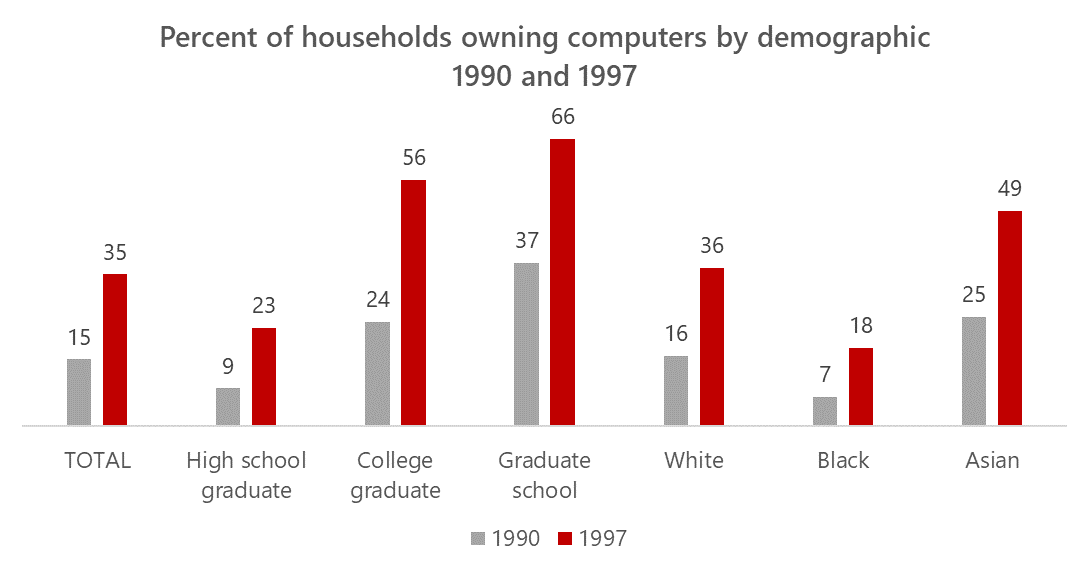
MOTORISTS, MOTORISTS, MOTORISTS
Bill’s famous quote reminds me of a 1928 Herbert Hoover campaign slogan, “a chicken in every pot and a car in the garage.” Here it is appearing in a Republican Party ad in the Pittsburgh Sun-Telegraph:
“Republican prosperity has reduced hours and increased earning capacity, silenced discontent, put the proverbial “chicken in every pot.” And a car in every backyard, to boot.”
This was the year the Ford Model A replaced the Model T. Released in December of 1927, Ford sold one million Model A’s by the end of January. They doubled that number by July. America’s lust for cars was already in full swing and the industry was growing. And so was the number of people these cars were killing. From the time the first Model T rolled off the line to the day it was retired, the number of vehicle fatalities was growing exponentially.
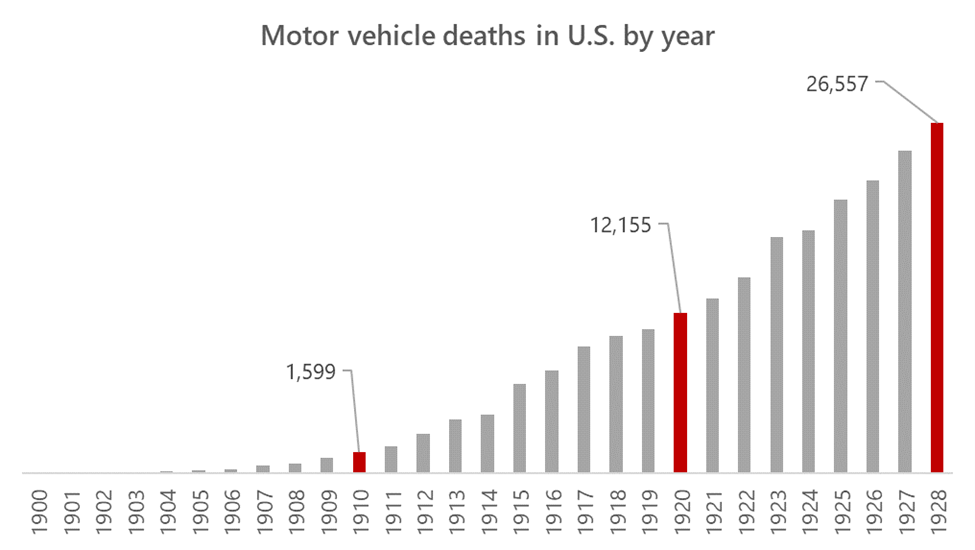
The automobile fundamentally changed how people interact with place. The effect was especially felt by Henry Ford’s target market: Farmers. The Model T made their world smaller. They could now travel distances in half the time their feet or horse could take them before. This not only improved their farming business, it changed their lives. But it took just as many.
The negative societal effects of the automobile continued through the century and are with us today. The same space-time continuum shift that farmers experienced is what led to suburban sprawl. And the buildout of the national highway systems only accelerated the effect.
By the 1950’s, decades of research had been conducted on the negative effects of the automobile. But the focus was mostly on the urban form – cities and roads. Researchers were trapped in quantitative economic measures of the flow of goods and people across space and time. Traffic safety research focused on the design of roads and paternalist policing of policies targeted victims. Despite centuries of streets as a place to live and play, they became unlawful and sinful traps. Roads were suddenly for cars, not people. So efforts were made to shame and blame the victims into submission.
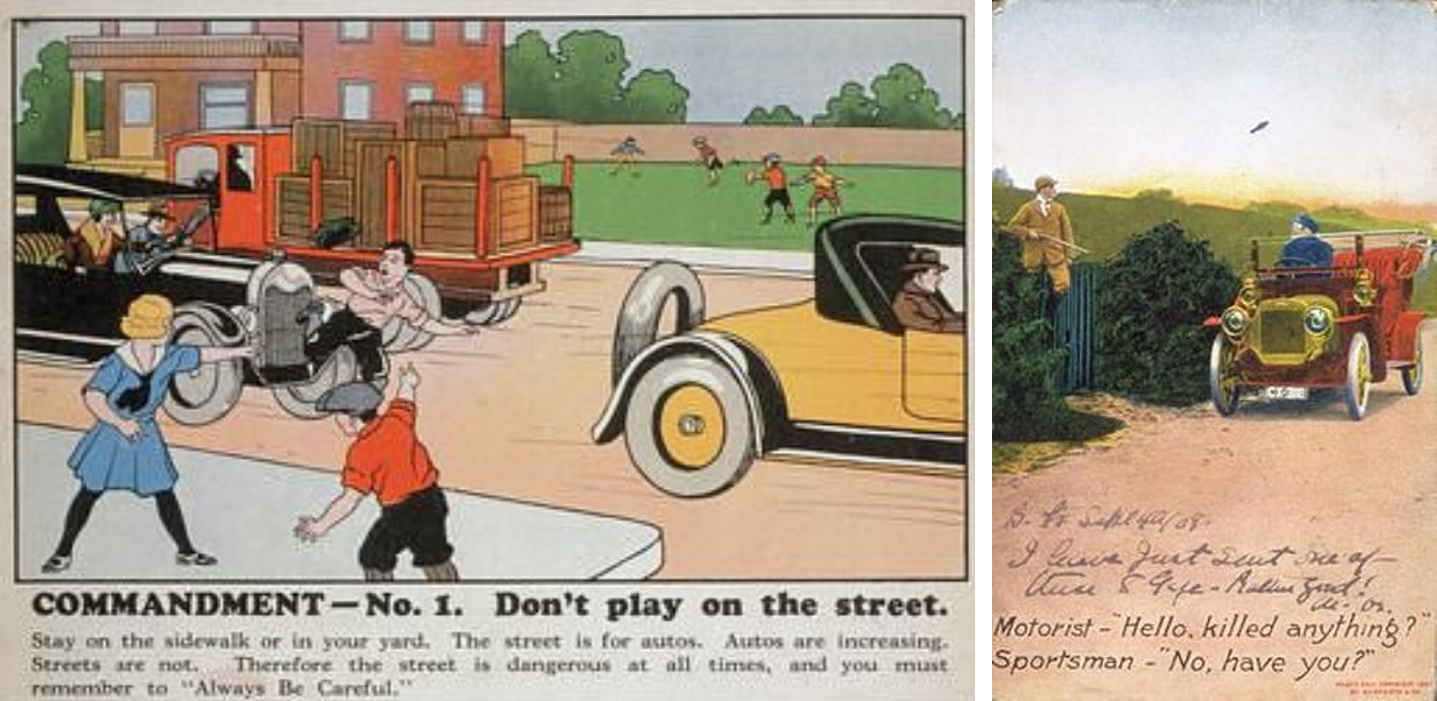
WHAT AN IDIOT
Microsoft has seen its fair share of victim blaming too. As the software industry was growing, so was the science of computer-human interaction. By the time I got to Microsoft in 1992, usability labs had already been built. They were ordinary adjoining offices just down the hall from mine that featured a one-way mirror as a wall. Some of the first studies conducted were on the effectiveness of those dozens of icons I was designing.
We focused on two quantitative measures: recognition and recall. These measure a person’s ability to recognize an image and then recall it from memory. There were other quantitative measures for more complex interfaces like ‘time on task’ – the measure of how long it takes someone to achieve a given task.
Just as those researchers in the early decades of automobiles were focused on quantitative measures of the physical interfaces of cities, we were focused on quantitative measures of computer interfaces in the early decades of the personal computer. And sometimes, when a designer or engineer would observe a lab participant doing something ‘wrong’. Just as it was deemed ‘wrong’ for the victims of car violence to play in streets, I watched people blame the victim of poor user interface design in our own usability labs.
Once while studying a feature in Excel, I watched through the one-way mirror as study participant struggled to achieve an assigned task on time. One of the Excel team members was getting agitated watching this poor guy struggle. At some point the participant ran out of time or gave up and had to move on frustrated. The aggrieved Excel observer scoffed at the researcher, “Where did you find this idiot, anyway?” The researcher swiveled his chair and quietly replied, “I found him at the University of Washington. He’s the Dean of the physics department.”
HERB’S DE RÉSISTANCE
One of the most influential research managers at Microsoft, and one of my mentors, was Ken Dye. Ken studied at Carnegie Mellon when Herb Simon was teaching there. Simon won a Nobel prize in Economics in 1978, but his work influenced many fields – including artificial intelligence, computer science, complex systems, and design. Ken was always preaching Simon sermons, and I became a disciple. Simon’s work even inspires Interplace.
Simon offered more than theories. He pioneered new methods of measuring probability and introduced new statistical techniques that power decision making and choice algorithms in everything from spam filters to financial bots to online games.
One of Simon’s biggest contributions came in 1956 with the introduction of the term, satisficing. Simon observed that conventional economic thought assumes people acted rationally inside an oversimplified model of the world. (Mainstream economics still does.)
What Simon discovered is when people don’t have the needed resources or information, they still find ways to achieve their goals. People don’t always seek optimal outcomes or seek the most efficient rational path – as conventional economic theory claims. Instead, people are often satisfied with sufficing – satisficing.
This marked a shift in thinking among social scientists. It put focus on the role human cognition plays in decision making. Whereas before research agendas focused on quantitative measures of seemingly rational agents making rational choices within a rationally ordered society that was planned, designed, and engineered by rational minded men (mostly), Simon pushed social scientists to realize rational thinking has its bounds. People are unpredictable. So instead of using math to describe an oversimplified rational model of the world, use it to better predict the unpredictable behavior of humans.
Just as Simon implored social scientists in the 50’s, so too was Ken Dye asking us to do the same in the 90’s. Although, Ken was very efficient and predictable with his pleading. Whenever somebody would demur, about some problem their design would cure, Ken would lean back in his chair and adjure, “What makes you so sure?”
Simon’s seminal work is increasing in importance and influence even today. The kind of computing power necessary to put his probabilistic mathematical models to use is becoming progressively accessible. The field of artificial intelligence is forever indebted.
But rational choice theory still dominates economic and political realms and cars remains at the center of how many people interact with place. Despite our rational knowledge of the negative role automobiles plays in environmental degradation, social isolation, obesity, sprawl, racial inequities, and cyclist and pedestrian deaths, we continue our self-destruction. It can seem irrational.
But Simon has taught us that we are not being irrational. We are just bounded by our cognitive abilities. We worry more about what we’ll lose by acting differently than what we’ll gain. We prefer the path most convenient to us and come to depend on it. And worst of all, we tend to believe we have more control of our circumstances than we really do. We are not rational agents seeking an optimal path when it comes to reducing or eliminated the negative effects of our behavior on each other and the environment. We are satisfied with the choices we make. The path we’re on is not ideal, but it will suffice. Until it won’t.
References:
Simin Devoudi Extending the rational model of decision making in climate adaptation.
Reginald G. Golledge; Robert J. Stimson. Spatial Behavior: A Geographic Perspective




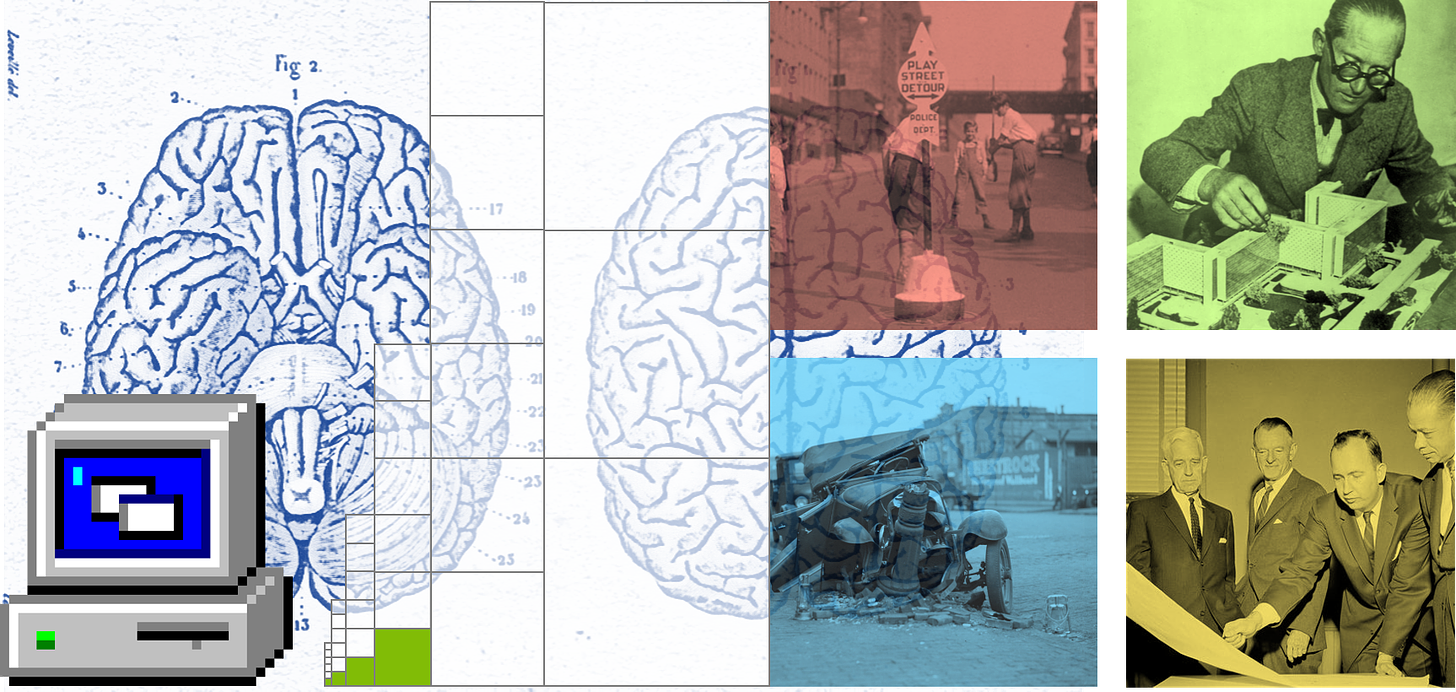
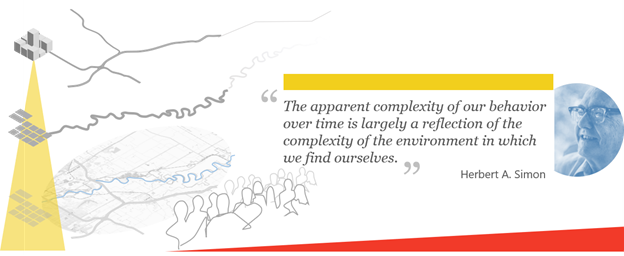




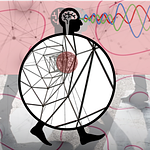

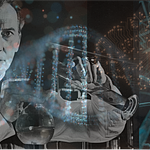

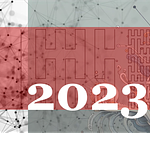

A Computer on Every Desk and a Car in Every Garage